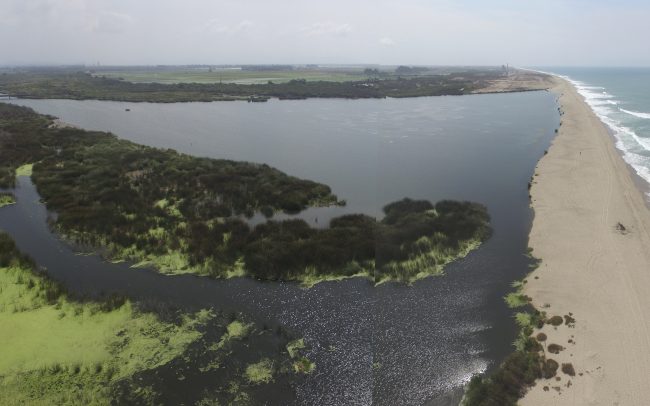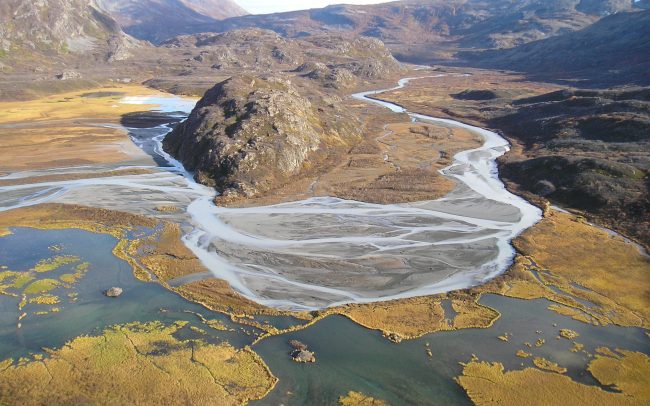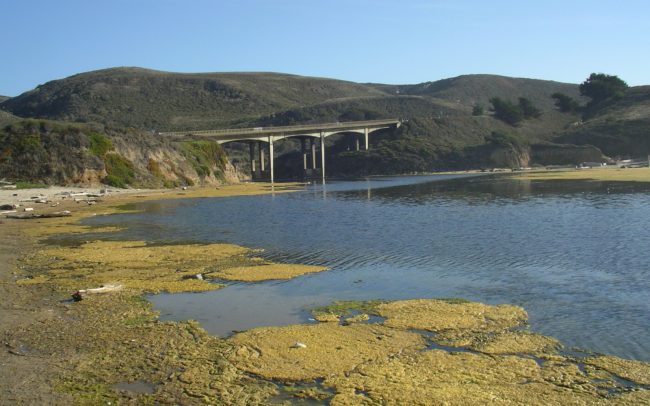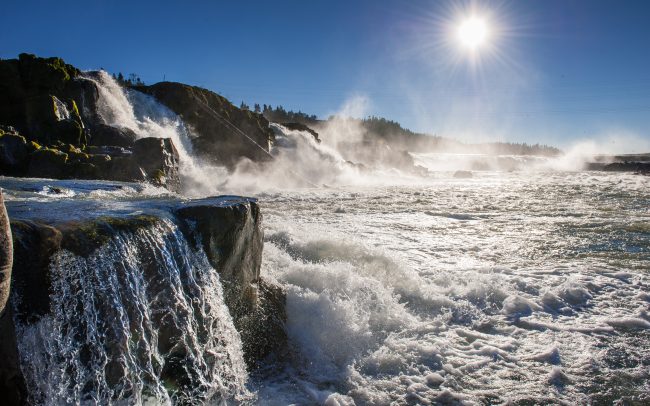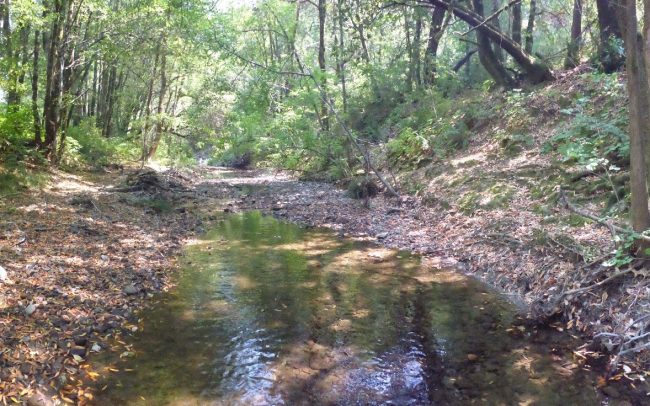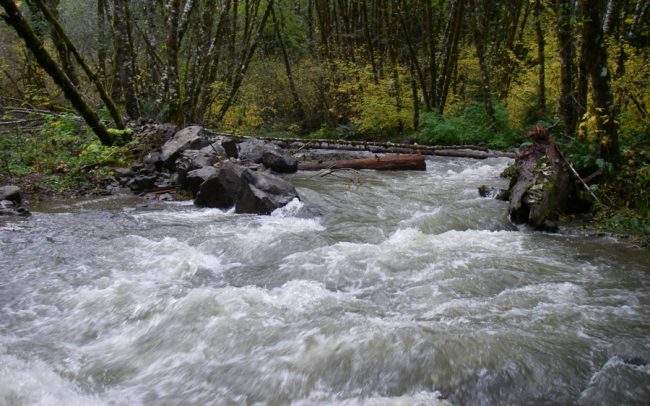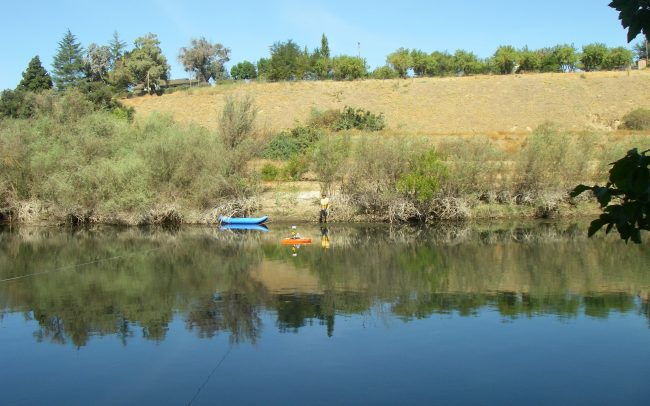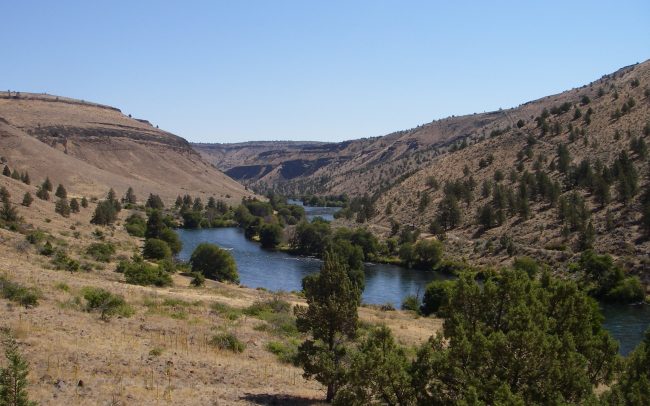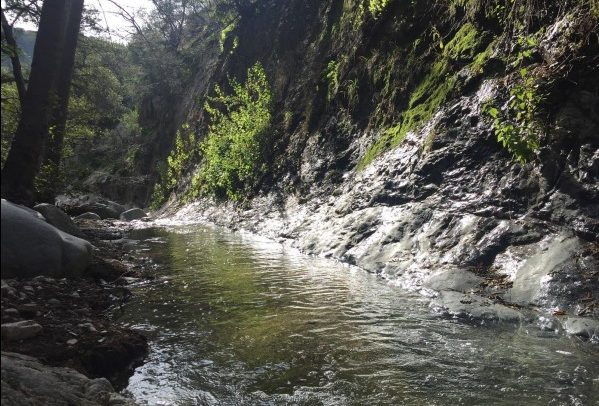Pacific lamprey populations in the North Umpqua River watershed have declined dramatically from historical levels. Completion of a fish ladder at Soda Springs Dam in November 2012 allowed migratory fish to access habitat in the upper watershed for the first time since 1951. The objective of this study was to assess distribution, quantity, and quality of Pacific and western brook lamprey spawning and rearing habitats in the newly accessible reaches. Stillwater scientists conducted field surveys to map suitable habitat patches in Soda Springs Reservoir, the North Umpqua River from the reservoir upstream to Slide Creek Dam, and the lower 5.2 km of Fish Creek, a major tributary.
Our assessment indicates that construction of fish passage has provided access to a substantial amount of suitable lamprey habitat. Notably, rearing habitat within the stream reaches will almost certainly limit lamprey production potential relative to spawning habitat; however, plentiful rearing habitat within the reservoir could offset this limitation, significantly contributing to overall production of Pacific lamprey in the North Umpqua watershed. We recommend future monitoring of lamprey populations to evaluate recolonization success and distribution of spawning and rearing in the reservoir and stream study reaches.
LOCATION
North Umpqua River, Oregon
CLIENT
U.S. Forest Service
PROJECT MANAGER
Abel Brumo

